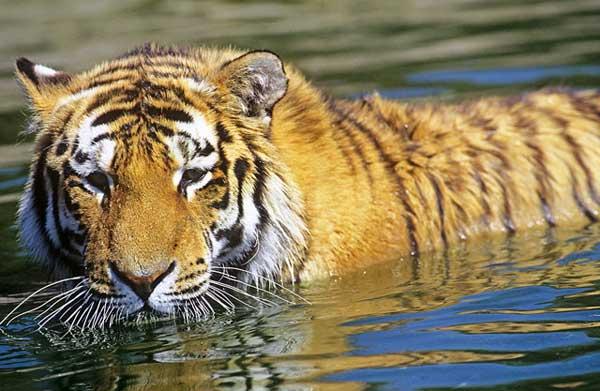
Amur Tiger Survival Looks Bleak

The future looks bleak for the critically endangered Amur tiger.
About 500 of the big cats survive in the wild, but their effective population a measure of genetic diversity is fewer than 14 animals, according to a study in the journal Mammalian Biology, reported by the BBC. This means that any disease or harmful genetic trait present in this generation of tigers would likely be passed on to the next generation.
One of six remaining subspecies of tigers , the Amur tiger is primarily found in eastern Russia, with a small number in northeastern China. But because of destruction and fragmentation of their habitat, poaching and a lack of prey, the number of wild Amur tigers has dwindled. Their numbers were in the 20s and 30s in the 1940s, which decimated their gene pool and left them vulnerable to disease.
"The worryingly low effective population size challenges the optimism for the recovery of the huge Siberian cat," the researchers wrote in their study.
To help the tigers, this past fall Chinese and Russian provincial officials agreed to set up a protected area straddling their countries' common border to safeguard Amur tigers. The two countries also plan to conduct joint ecological surveys and to launch an anti-poaching campaign along the border.
Russia is also working on new national parks that will provide some protection for the country's flagship species, also known as Siberian tigers. The Russian Far East is one of the largest contiguous habitats for tigers. In the Amur Valley's cold and remote forests, prey is scarce, and each tiger needs plenty of territory where it can roam in search of food. About 150 square miles (400 square kilometers) is required for each tiger for the species to maintain a viable population.
To help the tigers find food, the Russian government has added Korean pine to its list of trees that are off-limits to timber companies. Korean pines are a favored food for wild boar, which are key prey for the few Siberian tigers that remain in the Russian Far East.
Sign up for the Live Science daily newsletter now
Get the world’s most fascinating discoveries delivered straight to your inbox.










